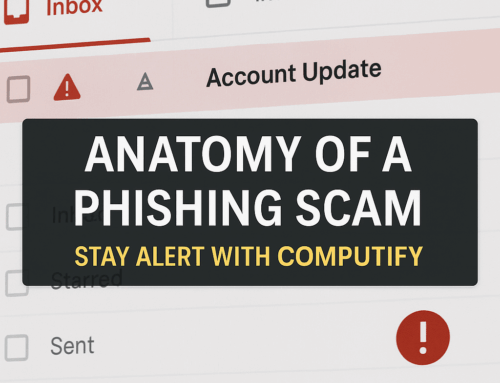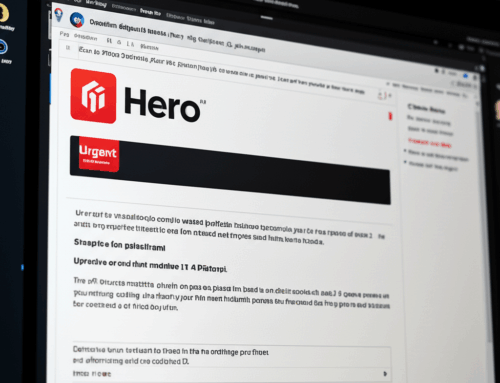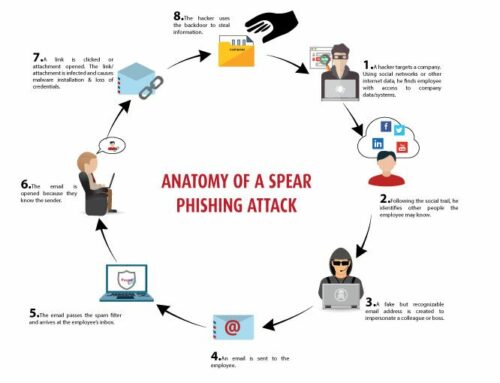Why Your Password Policy Is Failing (And How to Fix It)

Despite growing awareness about cybersecurity, many businesses continue to face breaches caused by poor password management. Weak and reused passwords remain among the most exploited vulnerabilities by cybercriminals. In this article, we’ll explore why your current password policy might be failing and how to fix it to better protect your business from evolving cyber threats.
1. The Top Password Policy Failures
Many organisations make common mistakes when designing password policies, including:
-
Lack of Complexity Requirements: Some policies still permit simple passwords like “password123.” While length matters, complexity is equally crucial. Passwords should combine uppercase letters, lowercase letters, numbers, and special characters to increase strength.
-
Reusing Passwords Across Multiple Platforms: Employees often use the same password for various accounts. This practice compromises security—once one account is breached, others are at risk.
-
No Multi-Factor Authentication (MFA): Strong passwords alone aren’t enough. Without MFA, attackers only need to crack the password to gain access.
2. The Psychology Behind Bad Password Habits
Even with enforced policies, employees often fall into risky password behaviours due to:
-
Ease vs. Security: Convenience often wins. Employees choose easy-to-remember passwords, like birthdays or common phrases, at the expense of security.
-
Password Fatigue: With multiple accounts, it’s common to forget passwords, leading to reuse or weak choices.
3. How to Strengthen Your Password Policy in 2025
Improve your security with these actionable steps:
-
Implement Strong Password Guidelines: Require passwords of at least 12 characters, mixing upper and lower case letters, numbers, and special symbols.
-
Use Password Managers: Encourage employees to use password managers. These tools generate and securely store complex passwords, reducing reuse and weak passwords.
-
Enforce Multi-Factor Authentication (MFA): Enable MFA wherever possible to add an essential extra layer of security.
4. Conduct Regular Password Audits
Password security is a continuous process. Schedule quarterly audits to check for compliance, identify weak passwords, and provide ongoing staff training on best practices.
Conclusion
A strong password policy is a critical part of your cybersecurity strategy. By applying the right guidelines, tools, and consistent audits, you can mitigate risks from weak passwords and protect your business against cyber threats.
If you need expert help with securing your systems, contact Computify today.





